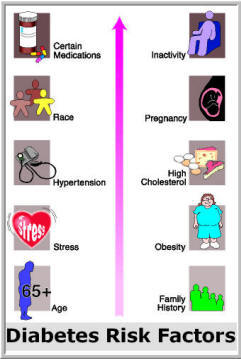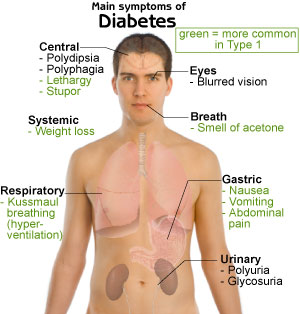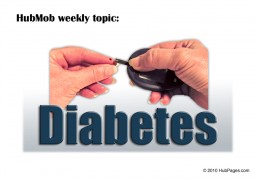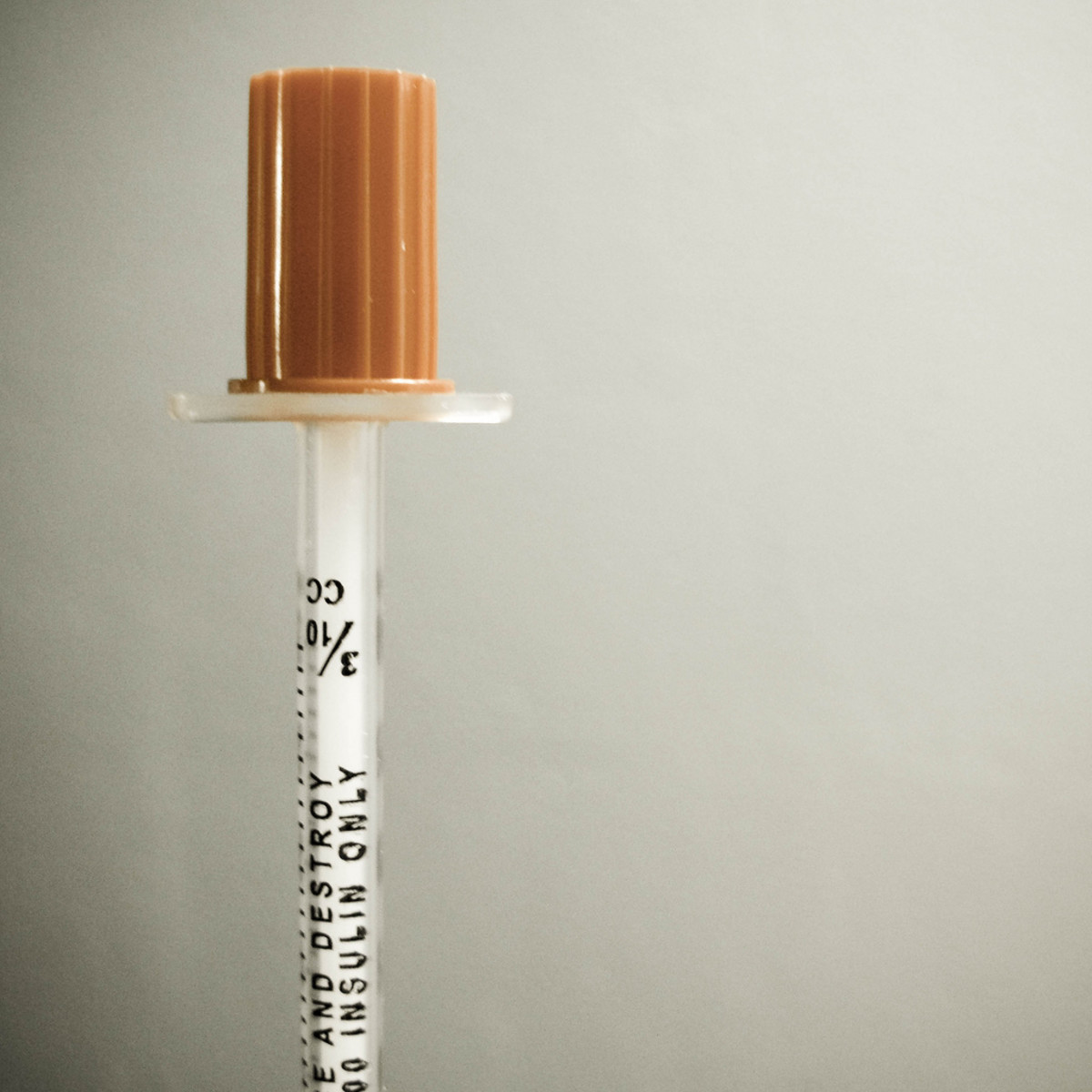Prediabetes
Prediabetes is a state where diabetes can develop. Prediabetes refers to people who have IFG (impaired fasting glucose), IGT(impaired glucose tolerance), or both.
Having prediabetes raises the risk of developing type 2 diabetes 3 to 10-fold on average and so it is better for the general health of the population if the existence of prediabetes can be determined early.
By the time diabetes has actually developed, damage has already been done to many organs in the body, with specific reference to the eyes and blood vessels.
The complications of diabetes include heart disease, stroke and peripheral vascular disease as welll as microvascular diseases that include
- retinopathy - disease of the eye retina
- neuropathy - disease of sensory nervous system
- microalbuminuria - small amounts of albumin (protein) in the urine which points to kidney disease
It seems there is no safe level of blood glucose as even the smallest quantities are responsible for causing damage, especially cardiovascular disease.


A worldwide pandemic of diabetes and obesity is occurring just now, and a new case of adult onset type 2 diabetes is being diagnosed every 20 minutes.
Currently 24.1 million people in the USA alone suffer from type 2 diabetes (according to wikipedia there were 18 million cases in 2002), with another 57 million people with prediabetes, some of whom are already showing signs of microvascular changes caused by actual diabetes.
A horrendous 25% of diabetes sufferers do not know they have diabetes.
Worldwide, there are an estimated 314 million people with prediabetes and this figure is projected to rise to 418 million by 2025.
Early diagnosis and treatment of prediabetes can reduce or delay the onset of actual diabetes.
Studies have shown that the damage and adverse consequences of high blood glucose levels occur at much lower glucose levels that those which define diabetes.
Increasingly, adolescents are suffering from type 2 diabetes. It is rare in children under 10.
People who should be screened because they are considered to be at high risk of developing diabetes include those with:
- a family history of diabetes
- cardiovascular disease
- obesity, especially around the middle
- sedentary lifestyle
- non-white ancestry
- previously identified IFG, IGT and/or metabolic syndrome
hypertension
- an increased levels of triglycerides, low concentrations of high-density lipoprotein cholesterol, or both
- history of gestational diabetes
- delivery of a baby weighing more than 9 lbs (4kgs)
- PCOS (poly cystic ovarian disease)
- those receiving antipsychotic therapy for schizophrenia and severe bipolar disease.

Treatment for prediabetes includes a complete lifestyle change that could mean
- Increased exercise - recommended level is 30 - 60 minutes a day, 5 days a week
- Stopping smoking
- Taking aspirin daily (for CardioVascular Disease prevention)
- Aggressive management of hypertension - low salt diet, low alcohol intake.
- Weight reduction
- Lower cholesterol
- Increased dietary fibre
- Limitations on carbohydrates
If this lifstyle change is carried out, and weight loss is not only achieved but maintained, there is every chance that your body could return to its normal state.
Left untreated, there is a 70% chance that diabetes or the complications of diabetes will follow inside a 6 year period of initial diagnosis.
Unfortunately at the present time most medical insurance companies will not pay for lifestyle treatment to prevent diabetes developing, nor has the US Food and Drug Administration approved any drugs for use in the treatment of either IFG or IGT.
Diabetes kills.
As many as 1:10 deaths every year are due to the complications of diabetes. Middle aged people with type 2 diabetes are twice as likely to die than people of similar age with normal blood glucose levels.
While it is reckoned that up to another 25% on top of the world's known diabetic population have undiagnosed diabetes, no-one knows the true figure of people having prediabetes.
There are no signs or symptoms. Only blood testing by your doctor can tell you if you are at risk.
The most common signs and symptoms of diabetes mellitus (type 2) include:
- constant hunger - even though you are well fed
- fluctuations in weight - sudden loss or gain
- blurred vision or deterioration of normal vision
- slow healing of cuts and bruises
- weakness, fatigue, unexplained aches and pains like flu
- tingling or numbness in hands or feet
- gum or skin infections that won't clear up
- recurring bladder or genital infections
- thirst
DON'T TAKE A CHANCE WITH YOUR HEALTH. GET CHECKED OUT FOR PREDIABETES TODAY.










